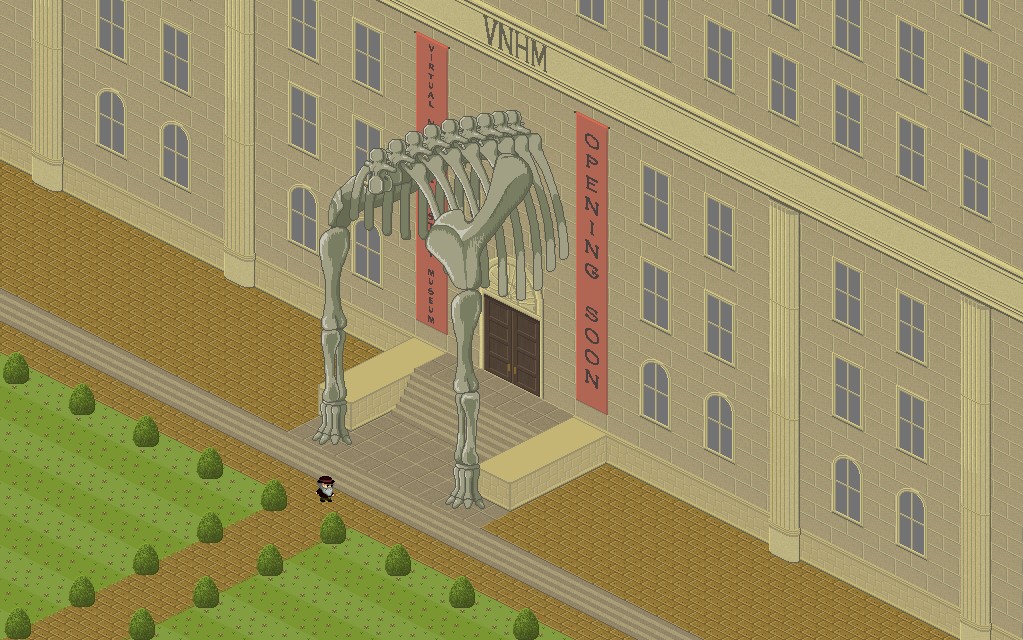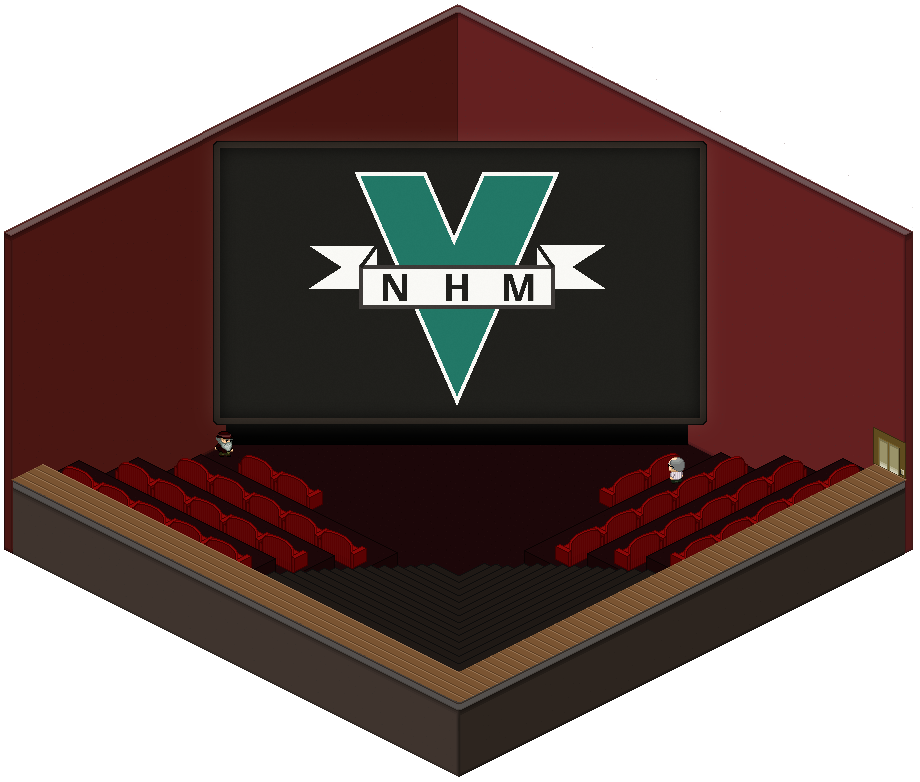V-NHM
The Virtual Natural History Museum
Podcast: Download (Duration: 50:42 — 69.6MB)
The Virtual Natural History Museum (V-NHM) is a project designed to make digital palaeontological resources accessible like never before. This website will integrate fossil multimedia from museums worldwide and bring them together in the one place, creating a kind of ‘master museum’. All of this data will be exhibited inside of a ‘computer game-style’ museum, allowing you to virtually explore the rich biological history of our planet, as told by the world’s best fossils.
This virtual natural history museum will appear and function in exactly the same way as a real museum. Our exhibits will display a selection of the world’s most visually impressive and scientifically important specimens along with expert information. The V-NHM is intended to provide the exact same experience and educational benefit of visiting a real museum, just digitally.
In having no physical presence, the V-NHM would be able to offer many unique benefits:
- The V-NHM is limitless in size and can instantly provide access to more of the world’s palaeontological heritage than any physical counterpart.
- Information and layouts can all be updated quickly, so there’ll be no out-of-date exhibits; you’ll always be presented with the latest information.
- There are no maintenance or staff costs, so there would be no necessity for entry fees or advertisements.
- There are no closing times.
- You’ll be able to interact with virtual staff, historical figures and other users, in a vibrant and permanently populated environment.
The biggest benefit of the V-NHM is that it is all-inclusive; so long as you have internet access, you’ll be able to visit the museum.
Campaign page here
Thanks to advances in the digitisation of museum specimens, many of the world’s palaeontological collections are already available online, however these collections are not always immediately accessible and are designed primarily with academic use in mind. These collections typically appear as searchable databases of specimens, hidden on the websites of museums, which, while adequate for reference, provide little public engagement.
“Whilst the collections of the BGS are excellent for reference, they are not really suited to browsing and education – and this I believe this is exactly where the Virtual Natural History Museum comes in. By linking to our web services, they will be able to use our images and metadata in their more accessible and public friendly displays. We would like to provide such a facility, but it is outside our remit and beyond our resources. We see close collaboration with the V-NHM as an ideal win-win situation of great public benefit and we are very happy to support it.” -Mike Howe, Head of the National Geological Repository, UK
This is best seen with the collections of the British Geological Survey (BGS). The BGS possesses the second-largest collection of the UK’s fossils, around 3 million specimens, and they’ve invested considerable time and effort to digitise this. There are currently 30,000 images available on the BGS’s website and they have also spearheaded the ‘GB3D Type Fossils’ collaboration to make the UK’s most important specimens available online. Despite this, the BGS has no public front; there is no museum people can visit and all their digital collections, by their own admission, are research-oriented and not suited to browsing or education.
The V-NHM will work by pulling together the digital resources of many of the world’s institutions and presenting them in a single place with an engaging and user-focussed interface. We’re working with the BGS and other museums, gaining access to their databases and incorporating them into this website. Ultimately we’ll have access to more specimens than we can put on display, even with a limitless museum. We’re therefore going to hand-pick the best fossils from each museum and put these on display.
What happens to the fossils we don’t have on display? You’ll still be able to search all the collections, based on age and group, through a user-friendly search.
We’re not just going to present multimedia from museums either; if a palaeontological resource exists digitally, then we can theoretically incorporate it into the V-NHM. This covers all kinds of pre-existing images, video and audio sources, not to mention the original digital resources we’re going to create for the project.
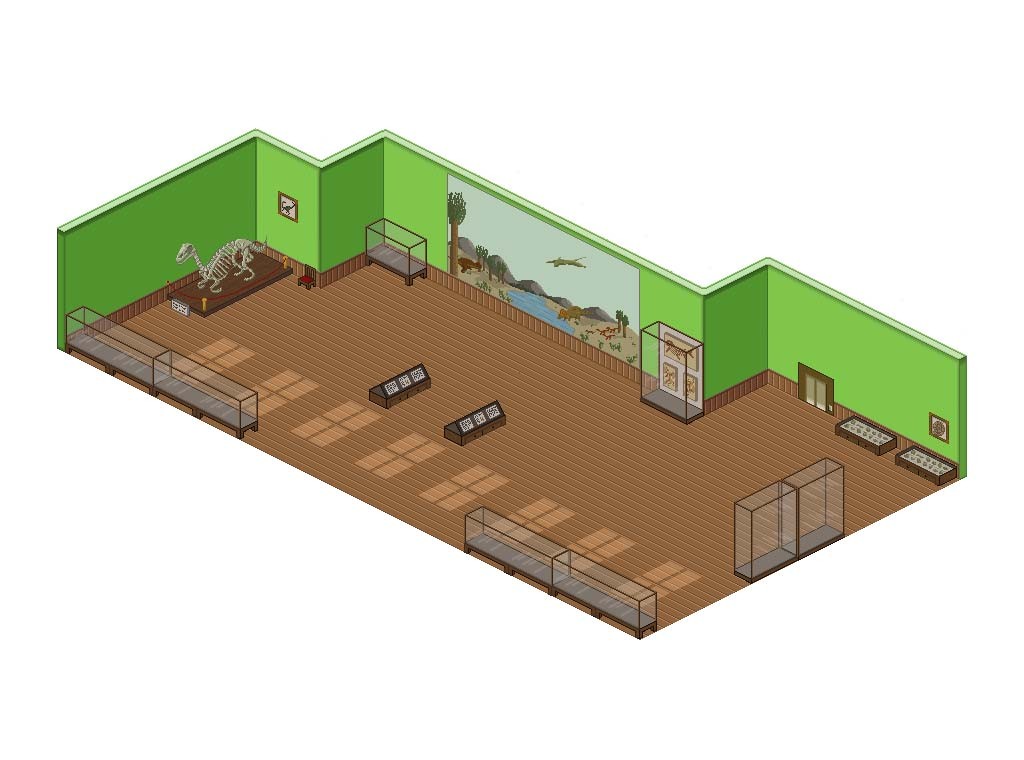
Cretaceous floor. This is an example of how each floor of the V-NHM may appear. This room is minimally furnished and of a small size. There is no limit to the size of floor we could produce, or the number of exhibits we could put on display. Within each cabinet would collections of multimedia from e.g. a specific taxonomic group or fossil locality.
Whilst creating a dynamic, fun and engaging environment is important, ensuring the educational benefit of this resource is of utmost importance. We want the V-NHM to be more than passively educational and actively benefit all those who visit.
“The ESTA Council can see the potential in the project and believe it would be a worthwhile additional resource for our members, most of whom are Earth science secondary teachers. Open access to good palaeontological multimedia is currently limited and the V-NHM would go a long way to helping students engage with palaeontological aspects of the curriculum.” -ESTA Chair
This project was conceived with the intention of answering a request from the Earth Sciences Teachers’ Association (ESTA). They wrote an open letter asking the palaeontological community to help teachers and their students by providing open-access images of fossils, web-based resources and online games and activities.
The V-NHM has the potential to not only fulfil, but expand upon that request. By presenting educational resources as a computer game, an environment will be produced in which learning is made fun through exploration.
We want to produce a resource that is both accurate and educationally beneficial. For this reason, we’re not just going to create something that we think will be useful, but we’re teaming up with the following institutions and individuals the unsure that the V-NHM will be of real value:
- ESTA: Who knows better about teaching than those people on the front-line of education? The ESTA represents the UK’s geoscience teachers and aims to advance education by encouraging and supporting the teaching of Earth sciences at all levels.
- The Palaeontological Association (PalAss): PalAss represents the UK’s professional palaeontologists. They have agreed to support the V-NHM financially and provide expert advice.
- The Geologists’ Association: Another academic group providing financial support and advice.
- Dr Ruth Richards: To specifically address the needs of educators, we’re working with Dr Ruth Richards (Principle Geology Examiner, OCR) to tailor content as to supplement national curricula.
- Academic contributors: all multimedia and text are to be selected and written by relevant experts, assuring the most accurate, important and up to date information is always presented. We’ve spoken to many academics, who’ve pledged their time and multimedia to the project.
Within the V-NHM itself, we will provide a ‘virtual education suite’ where course-specific resources can be found. This is intended to provide an educational tool for teachers and students alike, where sub-collections of multimedia, tailored to points of national curricula, are presented.
We are initially targeting the curriculum of the UK, but we have plans to expand this resource to other countries should it prove popular in the classroom.
It’s no secret where we draw our inspiration from; we love immersing ourselves into computer games and want the V-NHM to provide an equally engrossing experience.
You will be able to explore the V-NHM as if you are playing a video game. The museum is to be presented in an isometric view with an overlying grid. You select where you want your avatar to walk or which items you wish for it to interact with. It’s that simple.
The museum is to be divided up into floors, each representing a period of the Phanerozoic Eon (plus the Precambrian), where the majority of the multimedia content will be presented. The museum will also contain many other facilities, where various alternate collections of multimedia will also be available (see next tab).
When using the museum, you will be presented the opportunity to communicate with other users, staff, academics and historical figures. A chat bar will be available to talk to the other users you’ll see in the museum and you can always interact with the avatars of our resident experts.
 The V-NHM will be constructed to a 16-bit aesthetic, reminiscent of ‘SNES-era’ computer games. This ‘classic’ stylisation not only looks great, but since it’s already out of date, it won’t appear to date as quickly as modern graphics. Furthermore, pixel art is cost-effective, quick and easy to produce, giving us great flexibility in the kind of museum we can produce and any modifications or additions we make to it. We’re even getting our artwork produced by a palaeontologist, so you can be sure of its accuracy!
The V-NHM will be constructed to a 16-bit aesthetic, reminiscent of ‘SNES-era’ computer games. This ‘classic’ stylisation not only looks great, but since it’s already out of date, it won’t appear to date as quickly as modern graphics. Furthermore, pixel art is cost-effective, quick and easy to produce, giving us great flexibility in the kind of museum we can produce and any modifications or additions we make to it. We’re even getting our artwork produced by a palaeontologist, so you can be sure of its accuracy!
Of course, if you’re an educator looking for specific resources, we’re not going to force you to walk around a computer game museum just to find them. We’re therefore putting in the option of dispensing with computer game interface, leaving you with just the information and multimedia.
Otherwise, we’d love for you to be able to spend just as much time exploring the museum as you would do the collections. We’re going to do our best to present all of our resources in an entertaining and engaging world that’ll keep you coming back for more.
The V-NHM will be equipped with virtual representations of all the facilities of a modern museum. You will be granted access to areas restricted in the real world including collection stores, prep labs and imaging suites. Our museum will therefore not only educate about fossils and evolution, but also about the role that museums play in society and the kind of research they carry out across the world. (plus we’ll have a bit of fun along the way)
Here are some of the facilities we plan to virtually have within our museum:
- Special exhibitions: When you visit a museum, it’s likely that there will be a special exhibition on for a limited time. The V-NHM is no different, so we’ll be working with different experts to produce special exhibitions on a variety of themes.
- Collection stores: Museums aren’t just public exhibitions of artefacts, they also catalogue and preserve specimens. If you go behind the scenes, you’ll often find many more specimens than can ever be put on display. Here in the V-NHM’s collection stores, you’ll be able to learn about the work that museums do and also search through our specimens. Have we already mentioned that this will be the world’s biggest palaeontology collection?
- Prep labs: Away from the public displays, work goes on to clean, expose and conserve fossils. In our prep labs, you’ll be able to see some of these techniques in action. We’ll be working with real prep labs and preparators to record original footage that will demonstrate these methods.
- Imaging suites: Once the fossils are prepared, then it’s time to subject them to some of the cutting edge analytical techniques employed in museums. A lot of this machinery is unbelievably expensive to buy and maintain, but fortunately, all we have to do is draw it. The imaging suite is where you’ll get to see some of these analytical processes in action and learn how each is implemented in research.
- Education suite: Museums are there to educate and this is where the V-NHM really comes into its own. We’ve already mentioned the educational benefit of this museum and here is where you, as a student or teacher, gain access to course-relevant materials to view or download.
- Lecture theatre: If you live close to a major museum, you may have attended a public lecture from a famous scientist. These are fantastic events that can both educate and inspire. From our recording of conferences, Palaeocast already has one of the most comprehensive collection of palaeontological talks and you can drop into our lecture theatre at any time to view them. We’ll also be showing all of our live-streamed events here and finally, we’re going to record some exclusive presentations just for you!
- Cinema: Feel like watching something a little more relaxing? In our cinema, we’ll be showing documentaries, film trailers, game footage and basically any palaeontological video that’s not a lecture.
- Arcade: We can’t produce a computer game museum without paying homage to computer games and so we’re installing our very own arcade where you’ll be able to play or download palaeontology-inspired games. We’ve already got a pretty big title confirmed.
- Art gallery: Our Palaeocast art competitions are very popular and we get many masterpieces submitted each year. The problem is that we’ve never been able to display each piece of artwork as well as it deserves. Well that’s changing with our virtual palaeo-art gallery!
- Palaeocast HQ: The Palaeocast team will be moving headquarters to the V-NHM where there’s a lot more room. There we’ll have our recording studio and news desk, so you can keep up to date on all the Palaeocast posts or just hang out with the team!
The Virtual Natural History Museum has already won partial funding from an ‘Education and Outreach Grant’ from The Palaeontological Association and ‘The Curry Fund’ of Geologists’ Association, so we’re now looking to cover the remaining costs.
Unfortunately, there aren’t very many grants out there for the construction of virtual natural history museums, so we’re looking for help in making this project a reality. We’re therefore turning to you, the public.
We’ve started a crowdfunding campaign which can be found here:
Virtual Natural History Museum campaign page
Details of our reward tiers can be found in the next tab.
Since we are choosing the crowdfunding option, there is the possibility that we might be over-funded. If this is the case, there is a LOT we’d like to put into the V-NHM that we wouldn’t have the budget for otherwise. Here’s a list of everything we’d like your museum to have:
- An original chiptune soundtrack: We want the V-NHM to have soul and we feel that appealing imagery alone just isn’t enough. That’s why we’d like to include an original chiptune soundtrack. Each room of the museum would have its own unique ‘feel’ as directed by the audio.
- Shop: A visit to the museum wouldn’t be the same without a trip to the gift shop and we’d like you to have that opportunity too. It’s easy enough for us to add in, but if we’re going to start selling stuff internationally, it’s got to be done right.
- Fieldtrips: What could be better than hopping into a time machine and going to explore past environments? With the V-NHM, anything is possible, but it’s going to take a long time and a lot of effort to get all the artwork and animations produced.
- Language: The V-NHM will have benefit far beyond the English-speaking world and so we want to be as inclusive as possible. We’d love to be able to overcome all language barriers, but unfortunately this will rely on translation services or a lot of volunteer hours. Either way, this will take considerable resources.
- Localisation: We’ve got some very big ambitions for the educational benefit of this museum. We’re currently working with the national curricula for the UK, but we’d love for you to be able to select which country you’re from and be presented with exhibits that assist in your studies. Even though there’ll be a lot of overlap between curricula, It’s going to be an lot of work to talk to all of the world’s examining bodies.
- Customisation: We all look different, so we’d love to be able to let you create your avatar in your own likeness (or at least a pixelated version).
One of the most fun aspects of this project has been coming up with ideas for the facilities of the museum and the different things we could display inside it. If there is anything you’d like to see in the V-NHM that we’ve not yet mentioned, then please feel free to tell us! We want to make this a museum for everyone.
Thank you for any help you can give us!
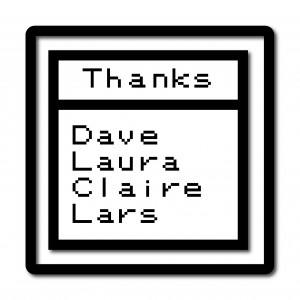
£1 Thanks
If everyone who likes the idea of 16-bit dinosaurs contributed one pound, we’d have a lot of pounds very quickly. By contributing anything to this project, you’ll get our thanks and your rightful place on our V-NHM wall of fame.

£5 E-Postcard
For our backers that contribute £5 or more, we’ll email you a special thanks with an exclusive e-postcard featuring a wonderful scene created by our resident pixel artist.
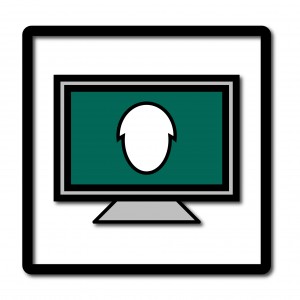
£7 Custom Wallpaper
Donate £7 or more and we’ll also send you a pixel art wallpaper for your desktop.
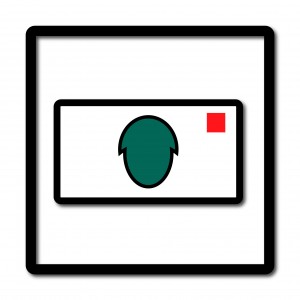
£10 Postcard print
Our first physical reward. We’ll print off a limited run of our pixel art and pop it in the mail. This piece of card will then go on an adventure, meet lots of mail people and ride in a whole host of vehicles as it works its way to you!
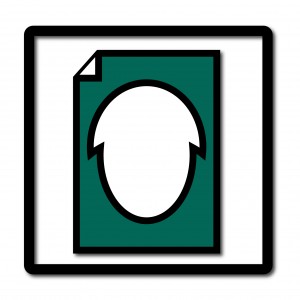
£25 Limited Edition Print
A preposterously-proportioned print of palaeontological pixels. Comes in its own tube. Once emptied, it makes a good model coprolite.
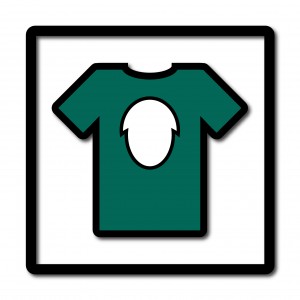
£30 Exclusive Backers T shirt
Be the envy of all your friends with a fetching palaeo-themed tshirt with a unique design by our palaeo artist!
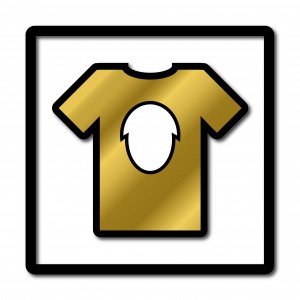
£40 Avatar distinction
You’ve contributed a fair amount and quite rightfully you want to show that off! What better way to do so than strutting your stuff through the V-NHM in your backer-only virtual clothing? Let everyone see that you were responsible for making the world’s best website possible.
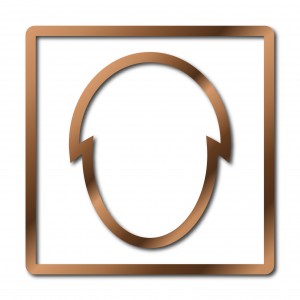
£50 Sponsor a specimen
Donate $60 or more and we’ll let you sponsor your favourite specimen, just like you can do in the zoo. Now, don’t all rush to get GSM 32393!
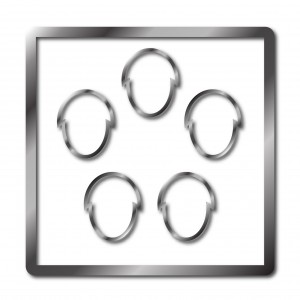
£75 Sponsor an exhibit
Can’t choose which your favourite Ordovician trilobite is? We can’t blame you, it’s a tough call. So why don’t you just sponsor them all?! Pledging this amount will allow you to sponsor a whole group of organisms.
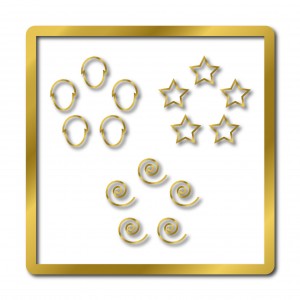
£100 Sponsor a period
Can’t choose what your favourite group is either? Well, just sponsor everything from that period then! We’ll put a lovely bronze plaque beside the entrance to your chosen floor with your name on it.
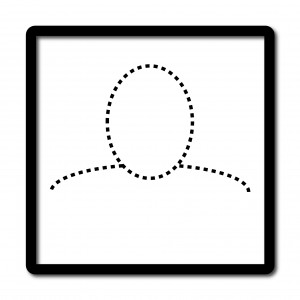
£150 Avatar NPC
“If you love the V-NHM so much, why don’t you stay there forever?” Well now you can! Donate this much and we’ll put you in the museum permanently. This non-playable character (NPC), of your approximate likeness, will walk around the museum for the rest of eternity. Walk up and say hi!
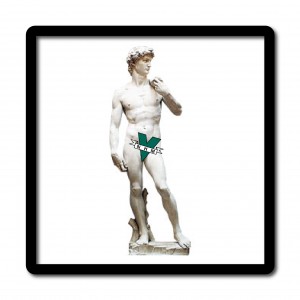
£250 Statue and plaque
Become immortalised in our museum, forever on display yourself. Donate this sum and we’ll craft a statue of you and place it in a prominent position in the museum.
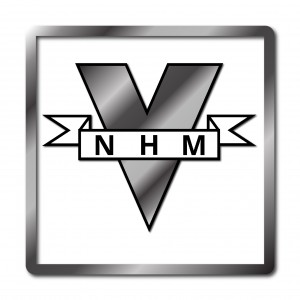
£500 Curate an exhibition
When you go to your local natural history museum, it’s likely they’ll have on a special exhibition. These are touring exhibits that bring something new and fresh to everyone who visits. Donate this amount and we’ll work with you to create your very own temporary exhibition†*. Fancy a detailed look at feathered dinosaurs? How about an exploration of trace fossils? What would you display?
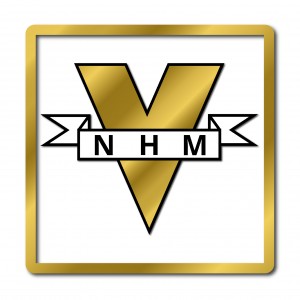
£1000 Permanent exhibition
This is it, top of the pile. If you donate £1000 to this educational project, we’ll put our heads together and create a wonderful exhibition of your choice*. The [Your Name Here] Exhibition will be a permanent display of everything you love about past life.

